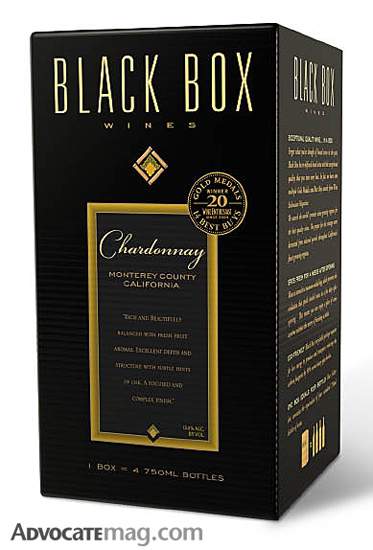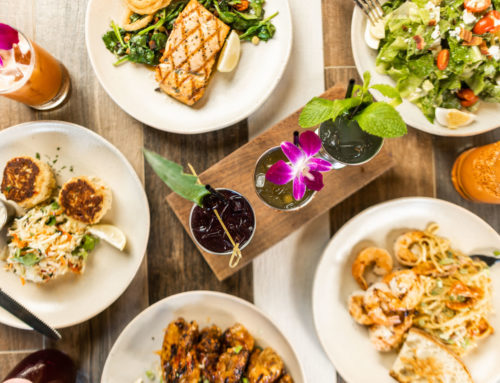Alternative wine closures — that is, everything but the traditional cork — have never been more popular. Two recent studies show that consumers and wineries like screwcaps more than ever, while the number of quality wines in boxes has never been higher. All of which is good news for anyone who has ever struggled trying to open a cork. (Which, of course, is almost everyone who has ever tried to open a bottle of wine with a cork.)
The studies, one in Australia, one in Britain and one in the United States, paint a picture of increasing acceptance of screwcaps, boxes and the like. In Australia, an industry survey found that 93 percent of Aussie wineries use screwcaps. In Britain, 85 percent of the regular wine-drinking population now accepts screwcaps — more than twice as many people who felt that way in 2003. That’s from a study conducted by the research company Wine Intelligence for its 2011 Closures Report. In the United States, the percentage of U.S. wine drinkers who accept screwcaps rose to 70 percent, the most ever, and up from 59 percent in 2008.
In other words, don’t dismiss a wine just because it doesn’t have a cork. The type of closure is no longer a reflection of quality. These wines show just that:
• Tamas Estate Pinot Grigio ($10, screwcap). This California white isn’t as turpentine-ish and has more fruit (soft lemons?) than similarly priced pinot grigio from Italy and California. Very well done, especially for the price.
• Bandit Merlot ($8, 1-liter Tetrapak). Yes, a big version of a kid’s juice box. The Bandit wines, from an often very silly producer called Three Thieves, are simple, cheap and more than adequate. You can pay more and do a whole lot worse.
• Black Box Chardonnay ($24, 3-liter box). That works out to $6 a bottle, since 3 liters equals 4 bottles. Quality is sometimes inconsistent, but when Black Box wines are on, they’re tremendous values. This chardonnay is fruity (almost tropical) and soft, a step up from most of its grocery store competitors.
With your wine
Green chili
A lighter, different take on the traditional bowl of red. Best yet, it works well with leftover and canned ingredients, making it the perfect alternative for a busy weeknight. Serve the Black Box chardonnay or a similar soft, fruity white wine.
Grocery List
1 16-oz can white beans, drained (reserve liquid)
2 c cooked, boneless chicken, diced
1/2 to 1 c best
quality green salsa
1 onion, chopped
1 bell pepper, chopped
2 cloves garlic, finely chopped
1/2 c cilantro, chopped
salt and pepper to taste
Directions
1. Sauté the onion and pepper in olive oil in a large pot until soft, about five minutes. Add the garlic and cilantro, and sauté until you smell the garlic, about 30 seconds.
2. Add the remaining ingredients. The chili should be soupy and not too thick; adjust liquid accordingly. Add reserved white bean liquid or water if necessary.
3. Bring to a boil, cover, and then simmer gently for 15 minutes. Serve over white rice.
Serves 2 to 4, about 30 minutes
Ask the wine guy
Why do wine bottles have corks?
Tradition, mostly. Hundreds of years ago, cork was the best closure available. It kept the wine bottle air tight, and the wine business is slow to change. Today’s alternative closures are just as effective, and have taken over as much as one-third of the market.
• Ask The Wine Guy taste@advocatemag.com
Jeff Siegel’s weekly wine reviews appear every Wednesday on lakewood.advocatemag.com/dining.







